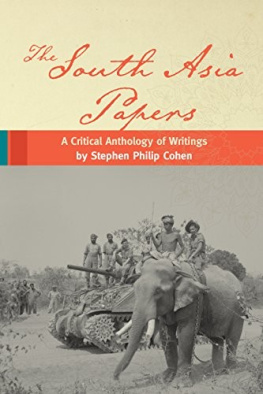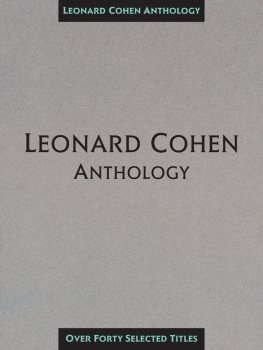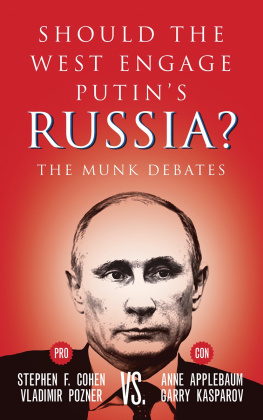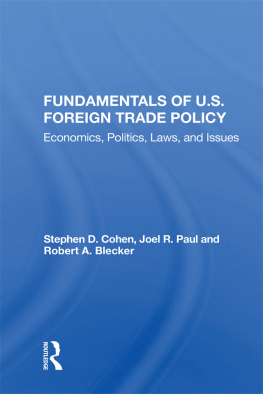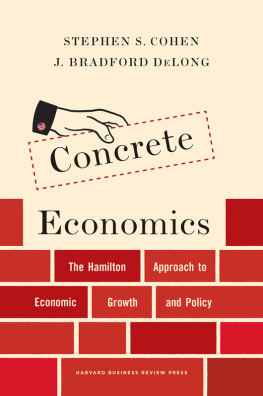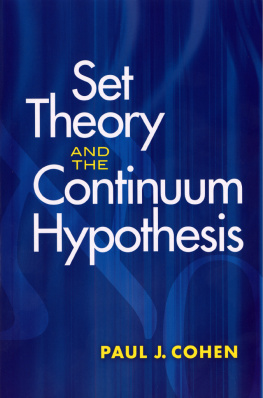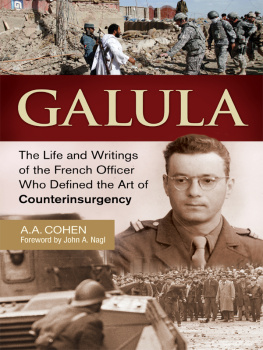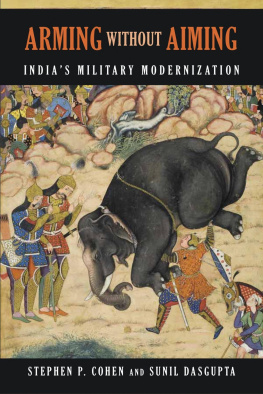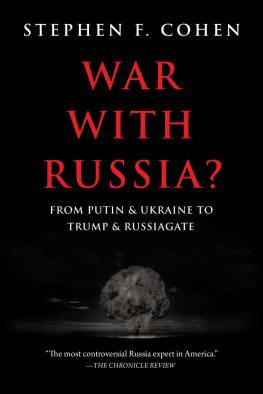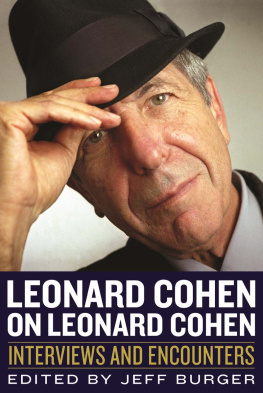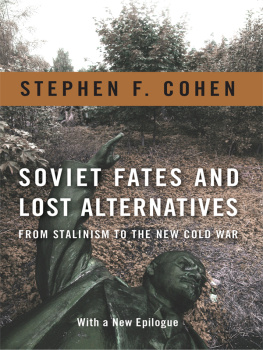Stephen P. Cohen - The South Asia Papers: A Critical Anthology of Writings by Stephen Philip Cohen
Here you can read online Stephen P. Cohen - The South Asia Papers: A Critical Anthology of Writings by Stephen Philip Cohen full text of the book (entire story) in english for free. Download pdf and epub, get meaning, cover and reviews about this ebook. year: 2016, publisher: Brookings Institution Press, genre: Politics. Description of the work, (preface) as well as reviews are available. Best literature library LitArk.com created for fans of good reading and offers a wide selection of genres:
Romance novel
Science fiction
Adventure
Detective
Science
History
Home and family
Prose
Art
Politics
Computer
Non-fiction
Religion
Business
Children
Humor
Choose a favorite category and find really read worthwhile books. Enjoy immersion in the world of imagination, feel the emotions of the characters or learn something new for yourself, make an fascinating discovery.
- Book:The South Asia Papers: A Critical Anthology of Writings by Stephen Philip Cohen
- Author:
- Publisher:Brookings Institution Press
- Genre:
- Year:2016
- Rating:4 / 5
- Favourites:Add to favourites
- Your mark:
- 80
- 1
- 2
- 3
- 4
- 5
The South Asia Papers: A Critical Anthology of Writings by Stephen Philip Cohen: summary, description and annotation
We offer to read an annotation, description, summary or preface (depends on what the author of the book "The South Asia Papers: A Critical Anthology of Writings by Stephen Philip Cohen" wrote himself). If you haven't found the necessary information about the book — write in the comments, we will try to find it.
Stephen P. Cohen: author's other books
Who wrote The South Asia Papers: A Critical Anthology of Writings by Stephen Philip Cohen? Find out the surname, the name of the author of the book and a list of all author's works by series.
The South Asia Papers: A Critical Anthology of Writings by Stephen Philip Cohen — read online for free the complete book (whole text) full work
Below is the text of the book, divided by pages. System saving the place of the last page read, allows you to conveniently read the book "The South Asia Papers: A Critical Anthology of Writings by Stephen Philip Cohen" online for free, without having to search again every time where you left off. Put a bookmark, and you can go to the page where you finished reading at any time.
Font size:
Interval:
Bookmark:
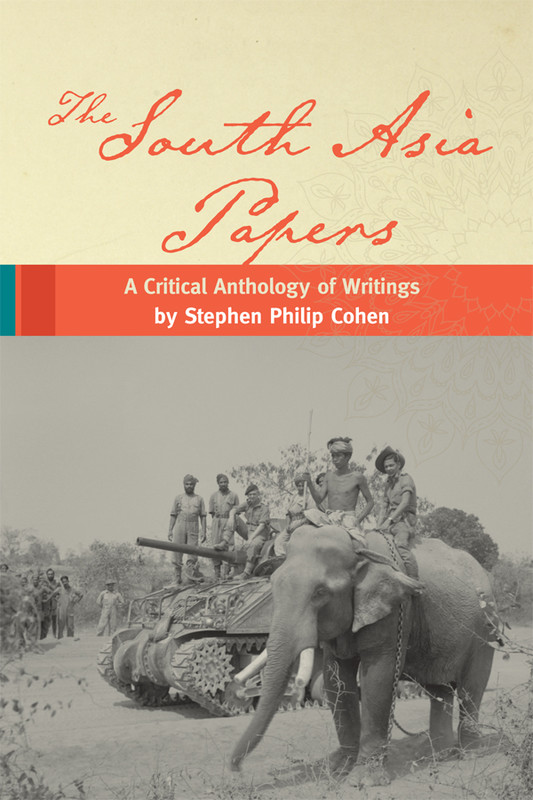
The South Asia Papers
A Critical Anthology of Writings
by Stephen Philip Cohen
BROOKINGS INSTITUTION PRESS
Washington, D.C.
Copyright 2016
THE BROOKINGS INSTITUTION
1775 Massachusetts Avenue, N.W., Washington, D.C. 20036
www.brookings.edu
All rights reserved. No part of this publication may be reproduced or transmitted in any form or by any means without permission in writing from the Brookings Institution Press.
The Brookings Institution is a private nonprofit organization devoted to research, education, and publication on important issues of domestic and foreign policy. Its principal purpose is to bring the highest quality independent research and analysis to bear on current and emerging policy problems. Interpretations or conclusions in Brookings publications should be understood to be solely those of the authors.
Library of Congress Cataloging-in-Publication data are available.
ISBN 978-0-8157-2833-7 (cloth: alk. paper)
ISBN 978-0-8157-2834-4 (ebook)
9 8 7 6 5 4 3 2 1
Printed on acid-free paper
Typeset in Adobe Caslon
Composition by Westchester Publishing Services
Contents
Preface
Acknowledgments
1 Approaching Indias Military and Security Policy, with a Detour through Disaster Studies
2 Rulers and Priests: A Study of Cultural Control
3 Issue, Role, and Personality: The KitchenerCurzon Dispute
4 Subhas Chandra Bose and the Indian National Army
5 The Untouchable Soldier: Caste, Politics, and the Indian Army
6 The Military in Indira Gandhis India
7 Toward a Great State in Asia?
8 The State Is Dead: Long Live the Armed Ethnic Group
9 Solving Proliferation Problems in a Regional Context: South Asia
10 State Building in Pakistan
11 The Jihadist Threat to Pakistan
12 India and Pakistan: The Armed Forces
13 Kashmir: The Roads Ahead
14 The Reagan Administration and India: Right for the Right Reasons?
15 The Critical Dimensions of a Possible U.S. Strategic Partnership with India
16 How a Botched U.S. Alliance Fed Pakistans Crisis
Epilogue
Notes
Index
Preface
The sixteen essays, chapters, and speeches in this book are drawn from more than 150 published pieces, excluding fifteen books. Several of them were, I think, important and original contributions to the fields of military history and military sociology, as well as useful contributions to the policy debates of their time. All are critical in that they are about important issues and policies, often neglected both by South Asian scholars and the Washington policy community. (In 1998 I became the only first full-time South Asian specialist at a Washington think tank.)
This book also reflects a career shift from an early interest in the Rajs military history and Hindoostanbasically, as a historianto hard-core security issues, such as the role of armies and nuclear proliferation. A recent essay, not included here, examines South Asia as a regional entity and brought me back to my early interests.
Republishing these articles and chapters gives me a chance to reflect on how accurate my analyses were. I have made a few revisions in the text and footnotes, many of which are seamless and some more obvious. An epilogue brings several chapters and issues up to date.
Working in British archives, and interviewing a number of British, Indian, and Pakistani officials in London, I was early on steeped in the Rajs strategic literature. The chapters in this book traverse the identity of this area from the now quaint Hindoostan to contemporary South Asia.
Over the years I have learned that it is difficult to balance the stance of a scholar and that of an advocate. As for the latter, George Schultz once told a group of us on his staff, Get me a policy, and as for the former, I recall the words of a former Indian army chief (General Sunith Francis Rodrigues) about the arrogance of ignorance.
There were frustrations as well as rewards in moving through academically uncharted territory on a geographical region not often regarded as important by most American policymakers. The rewards have been to see South Asia figure larger in the American imagination, and to see many of my own students contribute to our understanding of Indias hopeful and Pakistans perilous futures. The frustrations come from the knowledge that the two states, so different yet so similar in their origins, cannot reconcile their differences and are unlikely to do so soon, and that American policymakers are still confounded as they grapple with these states and the region.
Chapter 1, Approaching Indias Military and Security Policy, with a Detour through Disaster Studies, describes the research puzzle that influenced my interests and career. How did military power and its supporting institutions (especially the army) shape relations within the region and within the constituent states? It also discusses the context in which many chapters were written.
Chapters 2, 3, and 4 look at ancient, modern, and recent history and ask how past social, technological, and bureaucratic structures influenced contemporary affairs. Plunging into the historical record, I sought perspectives and propositions relevant to the present. In Rulers and Priests: A Study of Cultural Control from 1964 (chapter 2), I wrote, To search for the sources of contemporary Indian defense policy, we should turn to Clausewitz, Sandhurst, and Dehra Dun; to search for the sources of attitudes toward defense policy held by traditionalist Hindu elements in India (which, it can be argued, are becoming increasingly powerful as democratization makes an impact on Indian society), we can more readily look to the Mahabharata and the Arthashastra. My general point was that the role of the warrior/soldier is critically important in shaping politics and society. In a new democratic India, the rise of regional power centers and the rediscovery of some of its great non-Brahmin figures, such as B. R. Ambedkar, the scheduled caste (or untouchable, now termed Dalit) leader who wrote Indias Constitution, is leading to new approaches to Indian strategy and military organization, analogous to parallel events in the United States. Some of the best new scholars are represented in the above-cited Oxford collection.
As I note in Issue, Role, and Personality: The KitchenerCurzon Dispute from 1968 (chapter 3), the Raj could support both military dominance and militarism, but Pakistan inherited the military-dominant side of the Raj, while India inherited the civilian-dominant pattern. This was fixed in place by Nehru and Sardar Patel after the British departed. I have jokingly referred to it as civilian oppression of the armed forces, but this extraordinary level of civilian supremacy over the armed forces certainly sets India apart from many other states, especially among former colonies.
As a student, I was puzzled by Subhas Chandra Boses continuing popularity and wanted to understand his appeal in India. I learned that it had its own tradition of authoritarianism, notably Boses melding of fascism and communism, one of the subjects of chapter 4, Subhas Chandra Bose and the Indian National Army (1963).
It is surprising that the first serious work on ethnicity in the military, after The Indian Army (1970), was not published until 2015, in the form of Steven Wilkinsons important study. Chapter 5, The Untouchable Soldier: Caste, Politics, and the Indian Army (1969), was the first and perhaps remains the only study of how the British, and then the Indian government, dealt with social distances between high and low castes. An irony of recent Indian historiography is that the so-called Subaltern studies school ignores the subalternthat is, military historyand some find the notion of martial races a better subject for ridicule than analysis. Chapter 6, The Military in Indira Gandhis India (1976), further explores the authoritarian tradition in India, specifically the year and a half of Indira Gandhis Emergency. While I am assured by many that this cannot happen again, the issue is discussed further in the epilogue.
Next pageFont size:
Interval:
Bookmark:
Similar books «The South Asia Papers: A Critical Anthology of Writings by Stephen Philip Cohen»
Look at similar books to The South Asia Papers: A Critical Anthology of Writings by Stephen Philip Cohen. We have selected literature similar in name and meaning in the hope of providing readers with more options to find new, interesting, not yet read works.
Discussion, reviews of the book The South Asia Papers: A Critical Anthology of Writings by Stephen Philip Cohen and just readers' own opinions. Leave your comments, write what you think about the work, its meaning or the main characters. Specify what exactly you liked and what you didn't like, and why you think so.

